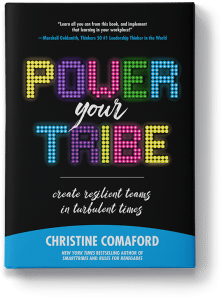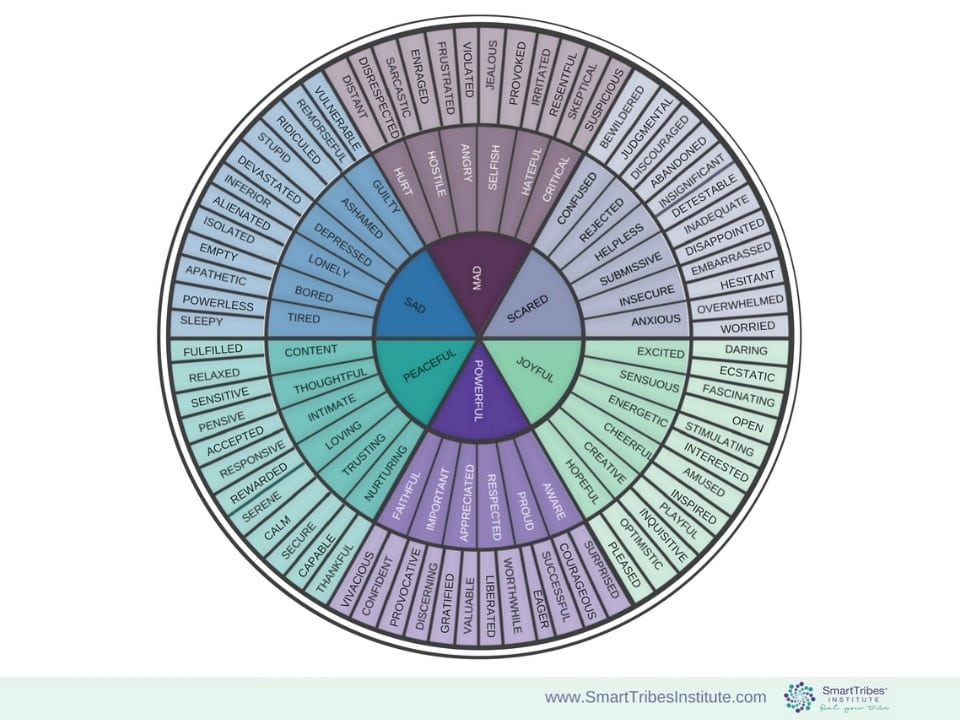
Featuring case studies and proven techniques, Power Your Tribe provides a set of powerful neuroscience-based tools to help managers identify emotions, release resistance, end isolation, focus on outcomes, and course-correct for continued success.

*As originally seen on Forbes.com
Emotional agility and resilience give leaders the edge they need to quickly pivot during stressful situations. In a previous blog, we dove into the seven steps to start becoming more emotionally agile. Now let’s start putting what we learned into action!

What emotional energy are you sending?
Emotions Have Energy
Thanks to the late great David Hawkins, MD, Ph.D., we have proof that emotions have measurable energy and can either foster or negate actual cell life. Dr. Hawkins’s groundbreaking work, as explained in his book Power vs. Force, shows how a person’s log level–the measurable energy level in their magnetic field–increases as that person experiences more positive emotions. Hawkins’s most interesting finding was that cells actually died when the log level was below 200, where the emotions of scorn, hate, anxiety, shame, regret, despair, blame, and humiliation reside. So it’s key to regulate and manage our emotional state, not just for our overall well-being (and that of those around us) but also for our physical health. Taking yourself through the Steps To Consent process is a great way to start the process of building emotional agility.
Steps To Consent:

Let’s look at an example of how shifting emotions reaped massive benefits for one of my coaching and workshop clients.
Emotional Agility In Action
A market-leading food organization was in a bind. A fake news story on social media had spread like wildfire, and revenues of one of their top brands had plunged 27%. Whoa. It was crucial to stop the slide, stabilize, and then start to rebuild.
What We Did
We were brought in to train a few dozen leaders in optimal teaming and navigating change, rapidly engaging and enrolling large and diverse groups to come together, focus on outcomes, tell themselves and each other new stories about their situation, and get momentum going. Then we shifted our focus to the marketing team, supporting an initiative to reinvent how the organization marketed to consumers. We started the day with an intense emotion-shifting exercise, maneuvers of consciousness. Fifteen minutes into it, half the team had shifted from victimhood and disaster thinking to empowerment and possibility thinking. Fifteen more minutes and the other half were on board. Now it was time to teach them how to bring our tools to their teams.
The Result
The brand is safe and growing, and the leaders are stepping into new levels of accountability, meaning, and fulfillment—and they are bringing their teams forward with them. If a disaster ever strikes again, they’ll navigate it gracefully and swiftly.
The Net-Net
________________________________________________________________________________________________

Featuring case studies and proven techniques, Power Your Tribe provides a set of powerful neuroscience-based tools to help managers identify emotions, release resistance, end isolation, focus on outcomes, and course-correct for continued success.
_______________________________________________________________________________________________________



